Amazon Becomes The New Apple

On September 12th, Apple took to the stage and did two things. They made several key product announcements, and seemed to lose the very essence which gave the company their unique place in the technology space. On September 6th, Amazon presented themselves as a company with the ability to 'Think Different,' taking that same value from Cupertino and superseding their ambition.
'Baked Electronic Products.' Gadgets Made Of Bread

Israeli designer Nitsan Debbi has cooked up several pieces of technology made of bread, baking the components into fresh loaves. This has to be one of the most strange-yet-tasty projects we have seen.
You Could Soon Charge Your Gadgets Through Touch Alone With ‘Power Felt’

Imagine being able to charge your energy-sapping smartphone simply by holding it in your palm. Sound implausible? Not according to a team of researchers at Wake Forest University’s Centre for Nanotechnology and Molecular Materials. Led by Professor David Carroll, they’ve developed a new material, named ‘Power Felt’, that can convert wasted body heat into an electrical current.
Apple Becomes Most Valuable Company Of All-Time

It was a while coming, but today Apple finally overtook the record set by Microsoft in 1999 as the most valuable publicly traded company of all time - topping $622 billion in market capitalisation compared to the $618.9 billion boasted by Microsoft back in the day – even as we continue to await the long-gestating iPhone 5 and rumoured 7” iPad Mini.
Giant 3D Printer Can Construct Entire Homes In Less Than 24 Hours
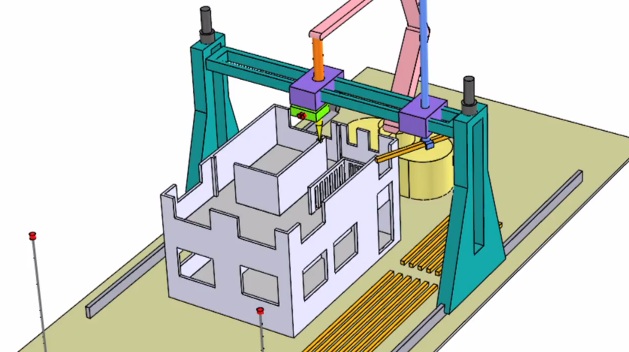
Having raved about 3D printing technologies and marvelled at the practical uses of using the technology in everyday life, we’ve done our best to cover the most interesting and fascinating applications of three-dimensional printing. We’ve seen everything from the strange (3D printed models of foetus’s), to the inspiring (the story of Emma and her “magic arms”). But what if 3D printing could be used for something more? What if the technology could be applied to build entire homes?
Goal-Line Technology Given The Go Ahead, Several Years Too Late

Having been rigidly opposed to the idea of utilising goal-line technology in football, FIFA president Sepp Blatter now openly admits the technology is vital for the beautiful game to move forward (better late than never, Sepp). Now, the International Football Association Board (IFAB) has approved goal-line systems that determine to put an end to the 'was it/wasn't it' furore greeting each close call, let alone the 'What if?' scenario that tends to arise immediately after.
Tech Review: Samsung Galaxy S3

It'd be safe to say that the Samsung Galaxy S3 has had a tumultuous journey to launch. Following frenzied speculation, rumour and everything in-between; a whole host of alleged 'leaks'; and a manufacturing hiccup that threatened to take the shine off the worldwide launch, the S3 has now lifted the crown from the iPhone 4S in claiming to be the UK's most popular smartphone. But does the S3 really merit the year-long wait from its 20 million-selling predecessor, the S2, and just how worthy is it in toppling the might of Apple's iPhone?
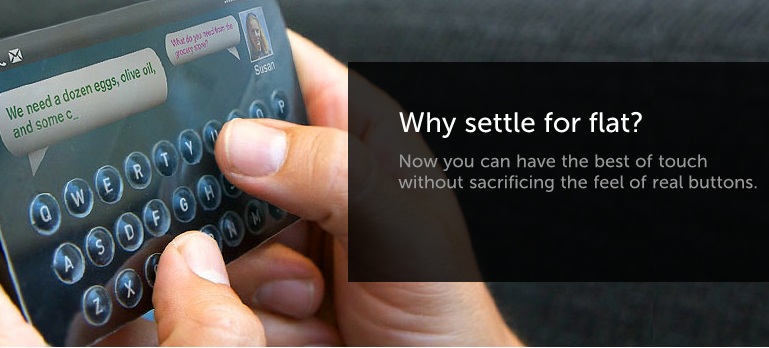
Researchers Bring Physical Buttons To Touchscreens With New Tactile Technology
Tactus Technology is currently busy showcasing a ground-breaking new touchscreen technology that is being described as the “world’s first” deformable tactile surface. Using a ‘microfluidic’ technology, the team of researchers is demonstrating how any touchscreen display can be enhanced through pressable buttons literally ‘rising’ through the surface to create the impression of physical hardware.

An Email From A Christian: Our Reliance On Energy Has Doomed Us All
So I received a rather condemning email from a Christian, which begins by following the classic 'doom and gloom' scenario of we people condemning ourselves through our lives of sin. Standard practice for several emails that I and probably various other journalists receive.
But this is different.
How Tech Companies Are Turning Planned Obsolescence Into Planned Success

Planned obsolescence is far from a new idea in the world of consumer electronics – GM Motors were the first to introduce it to us in the 1920s, home-owners have been cursing the life-cycle of their washing machines ever since – but it’s becoming ever more of a distraction, at least for myself, where yearly release schedules contradict the hyperbole that works its way around the tech world, immediately following a press conference for the next big thing. Technology is no longer built to last.
The Japanese Robot That Helps You Find Lost Things
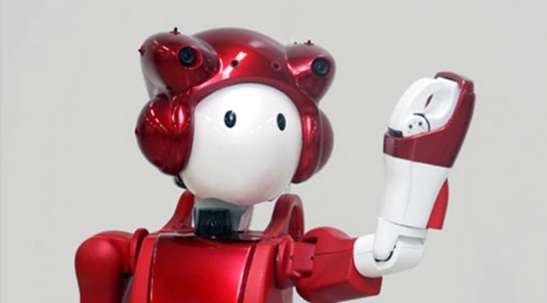
Whether it’s losing your car keys just as you’re ready to step out the door to work, or misplacing your phone after a heavy night drinking, losing property is quite simply a fact of life. No matter how hard you strive to keep things in your possession, somehow fate always comes along and puts it in some obscure place nowhere to be found. That all might be a thing of the past however, if a robot being developed by Japanese electronics firm Hitachi ever becomes commonplace in residential homes.
'Nuclear-Thermal Propulsion' And 'Fission Power Generation' Tech Amongst NASA's 5-Year Research Wish List
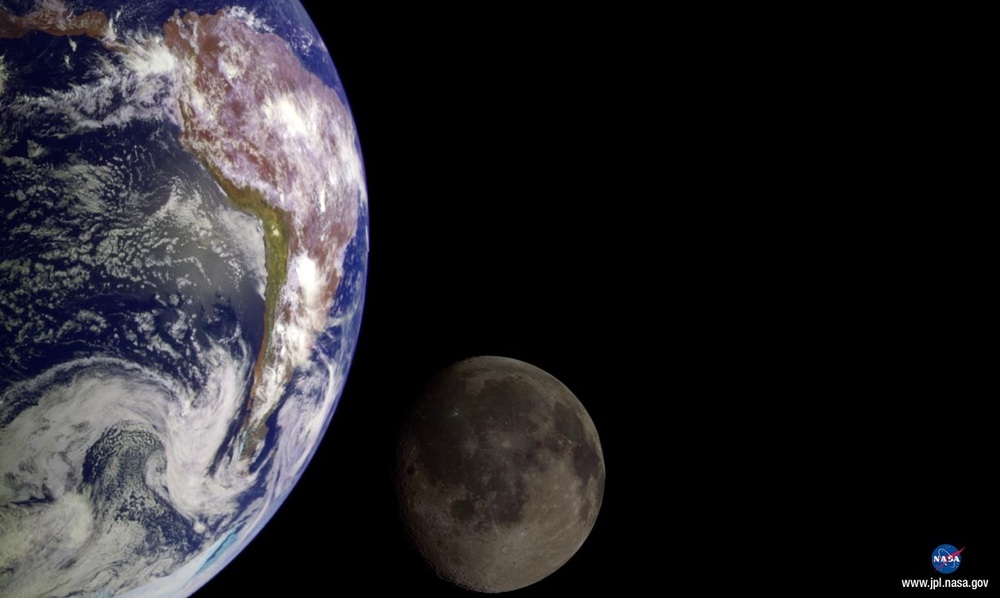
The researching of technologies including radiation mitigation, solar power generation, extreme terrain mobility and nuclear-thermal propulsion might not be the first items that come to mind when thinking of your usual wish-list. But that's exactly the sort of technology listed in a new report conducted and published by the National Research Council for the National Aeronautics and Space Administration (NASA) that it says the organisation must prioritise in research over the next five years if it's to achieve its ground-breaking, long-term priorities and goals. The technologies make up a small part of the 16 high-priority technologies outlined in the report.
Infographic: Cash. Apple's got it

So after Apple's Quarterly profits report, it's fair to say that the old saying 'made of money' goes some way to describing the state of the company at the moment. It seems rather difficult to question just how far $400 billion could really be used, likened to asking similar questions such as "how long is a piece of string?" If split evenly, how much can Apple pay each of it's employees? How much of this money is 'reserve cash?' And, most interestingly, how many countries' worth of public debt can the reems of profit pay off? All this and more in our favourite infographic of the moment, courtesy of MBAonline.com.
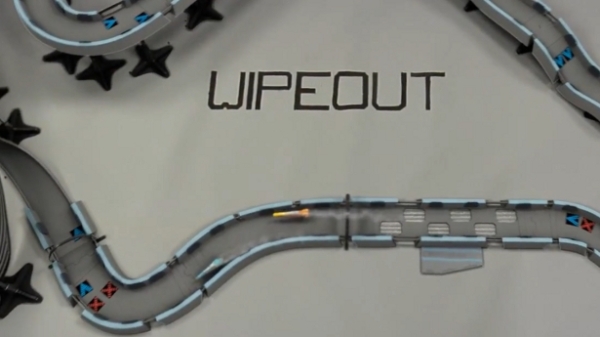
Real-life model Wipeout circuit powered by levitation. Real or fake?
We're not quantum physicists by any stretch of the imagination, but what we are is keen admirers of truly breathtaking science...especially when it recreates the same sort of racing you'd find in Sony's futuristic racer, Wipeout.
Samsung releases concept video for flexible AMOLED 'mobile display'
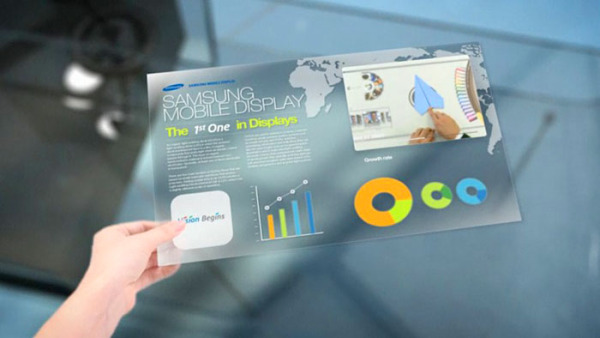
So after Nokia took a stab at the flexible display, Samsung had to throw it's hat into the ring after dancing with the technology for quite a while, by introducing a rather curious conceptualism in the form of the Samsung Mobile Display.
Martin says its jetpack is practical. Proven with poorly rendered animation

So Jetpacks, for all their impressive prestige for Nazi combat and general procrastination, they haven't been seen within the wider public agenda than the tech followers (people beyond we enthusiastic readers) as applicable to other situations. But Martin wants you to know about that they're actually useful.
Peter Jackson reveals filming rigs behind The Hobbit

The Stingray: the mobile phone tracker the Government is keeping under wraps

A criminal court case in Arizona has revealed the U.S. Government's ability to track mobile phones using a portable device called the Stingray. But the lengths that have been striven to in this case to conceal the technology have been publicly disparate compared to your average Government cover-up.
Worldwide Twitter and Facebook 'Attitudes' monitored by CIA

That tin-foil hat won't help you this time.
An in-depth report by Associated Press has revealed a specialized team in CIA's open source Centre are following "up to 5 million tweets per day." Alongside this, they're following Facebook status updates and other "open internet media."
World's first manned multicopter/flying human blender takes to the skies

Had to be quite a brave chap to do this. Four quadrocopters propelled a human into the skies, and into the aviation history books last week in Germany.
Plenty of fantastic achievements have been made with some copters, motion sensors, gyroscopes and some intuitive design and programming; but to make a craft which could be ridden is something that didn't really cross our mind, probably because of the vain possibility of a Mortal Kombat-esque fatality of dismemberment and further dismemberment of the aforementioned dismembered through the collection of propellors you see surrounding the partakee.

